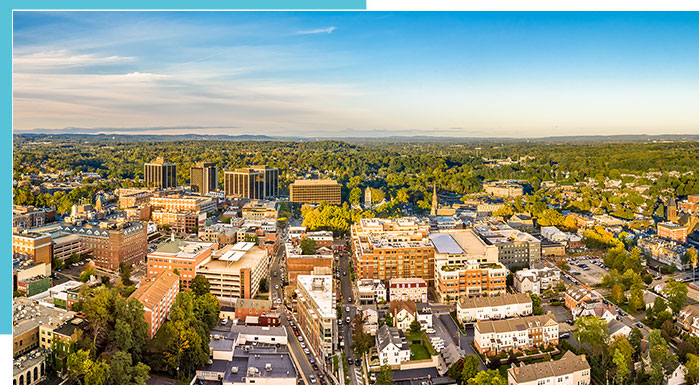“This Silent Epidemic of Diabetes”, The threat is real
Uncontrolled blood sugar is silently destroying lives across the Garden State. This epidemic has made diabetes not only the 6th-leading cause of death in New Jersey[i] and the #1 cause of kidney failure, lower-limb amputations and adult blindness[ii], but also a condition that is growing in dramatic and rapid proportions. The statistics tell a terrifying story: 11% of New Jerseyans today are living with diabetes[iii], and another 37% of residents live with prediabetes; many in this latter group are not even aware they have it[iv]. This equates to more than 4.3 million New Jerseyans who are currently living with some form of diabetes.[v]

Diabetes incidence is on the rise: In the last 20 years, the number of adults diagnosed with diabetes has more than doubled. Projections by the Federal Centers for Disease Control (CDC) indicate that if current trends continue, by 2050 an alarming 1 in 3 people will be diagnosed. These projections do not include the even larger proportion of individuals whose blood sugar places them in the clinical prediabetes range.
People with diabetes face medical expenses that are approximately 2.3 times higher, on average, than those who do not have diabetes.[viii] The rate of emergency room visits and hospitalizations is higher, and the length of hospital stays is often longer.[ix] Nationally, 1 in every 4 dollars spent on healthcare costs goes to caring for diabetes.[x] The prevalence of diabetes is inversely related to household poverty level. Adults in poor and near-poor households had the highest rates of diabetes, followed by adults between 200% and 299% of the Federal Poverty Line, followed by adults between 300% and 399% of the of the Federal Poverty Line, followed by adults in households greater than or equal to 400% of the Federal Poverty Line.[xi]
While diabetes exists across every socioeconomic level, its prevalence disproportionately affects African-American, Hispanic and Asian-American communities: According to the American Diabetes Association, adults with diagnosed diabetes, by race and ethnic background, include 12.1% African-American/Black, 11.8% Hispanic/Latinx, 9.5% Asian American as compared with 7.4% of non-Hispanic whites, posing a health equity challenge of epic proportions.[xii]
Urgent upstream intervention is needed yesterday — there is no stronger argument. Making meaningful investments in DF programs will offer New Jersey residents the opportunity to address health, wellness and diabetes care. Awareness and education can prompt New Jersey residents to take charge of their health and, importantly to become advocates for, and managers of, their own futures. The resulting outcome can include slowing down the progression of diabetes in the state, and setting the stage for healthier, more productive and longer lives for those with diabetes.
[i] 17-Diabetes Action Plan_2.0.pdf (nj.gov)
[ii] What is diabetes? | CDC
[iii] National Diabetes Statistics Report | Diabetes | CDC
[iv] 17-Diabetes Action Plan_2.0.pdf (nj.gov), citing prediabetes statistic and awareness projection
[v] U.S. Census Bureau QuickFacts: New Jersey, indicating 9,267,130 population estimate (summer 2021)
[vi] About Prediabetes and Type 2 Diabetes | National Diabetes Prevention Program | Diabetes | CDC
[vii] CDC Online Newsroom – Press Release – Number of Americans with Diabetes Projected to Double or Triple by 2050
[viii] The Cost of Diabetes | ADA
[ix] Diabetes-Related Inpatient Stays, 2018 #279 (ahrq.gov)
[x] Cost-Effectiveness of Diabetes Interventions | Power of Prevention (cdc.gov)
[xi]https://www.ncbi.nlm.nih.gov/pmc/articles/PMC4021012/#:~:text=Adults%20in%20poor%20and%20near,400%25%20FPL%20(0.054)
[xii] Statistics About Diabetes | ADA










